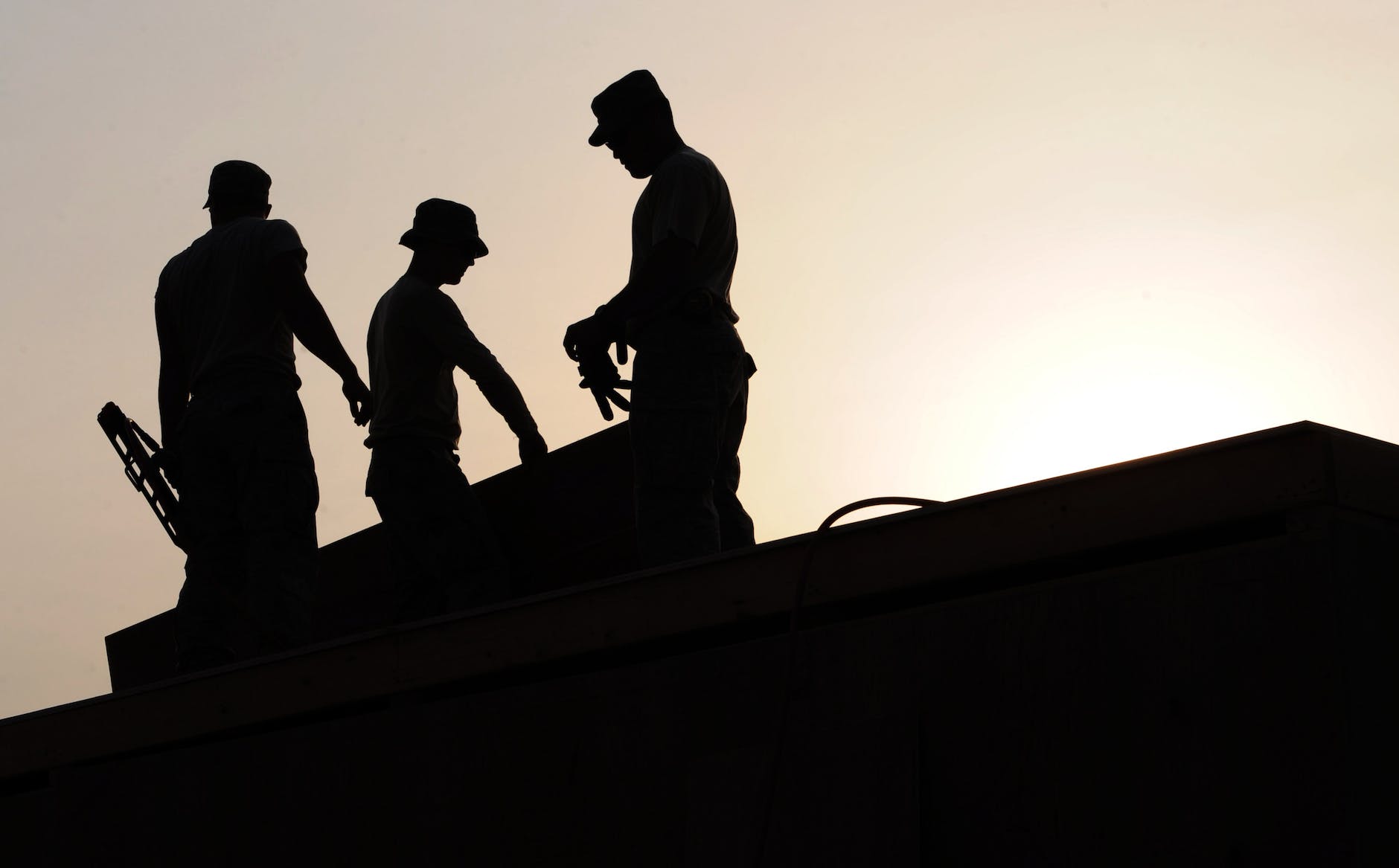
Safety Regulations in Construction
Safety Regulations in Construction : Construction sites are bustling hubs of activity, where buildings rise and infrastructure takes shape. Amidst this progress, ensuring safety stands as an integral part of every construction project. Let’s dive into the world of safety regulations in construction and explore the landscape of policies, challenges, innovations, and future trends.
Importance of Safety in Construction
Safety in construction isn’t just a matter of compliance; it’s a fundamental necessity. The high-risk environment demands stringent measures to protect workers, equipment, and the surrounding community. Over the years, governments and regulatory bodies have played a pivotal role in shaping and enforcing safety protocols.
Overview of Regulatory Bodies
Various entities like the Occupational Safety and Health Administration (OSHA), National Institute for Occupational Safety and Health (NIOSH), and local authorities lay down guidelines to ensure a safe working environment.
Evolution of Safety Standards
The journey of safety regulations in construction has been a progressive one. From rudimentary safety measures to the comprehensive standards we have today, each era brought forth new insights and mandates.
Milestones in Safety Regulations
Historical milestones, such as the creation of OSHA in 1970, marked a turning point in ensuring standardized safety measures across construction sites.
Current Safety Standards in Construction
OSHA’s regulations serve as the cornerstone of safety standards in construction. These encompass a wide array of safety protocols tailored for different construction domains.
OSHA Guidelines and Specific Safety Measures
From fall protection to hazard communication, OSHA guidelines are meticulously designed to address potential risks in construction.
Challenges in Implementing Safety Regulations
However, despite these comprehensive guidelines, challenges persist in implementing and maintaining safety standards.
Compliance Issues and Cultural Attitudes
Compliance issues, resistance to change, and cultural attitudes toward safety pose hurdles in achieving universal adherence to regulations.
Innovations and Technologies in Safety
In recent years, innovations and technological advancements have significantly contributed to improving safety standards.
Impact of Technology on Construction Safety
Smart wearables, drones, and AI-driven monitoring systems have revolutionized safety practices, enhancing real-time risk assessment and mitigation.
Training and Education for Safety Compliance
An essential aspect of ensuring safety is proper training and education for construction workers.
Importance of Proper Training and Initiatives
Initiatives aimed at educating workers on safety protocols play a crucial role in fostering a safety-conscious culture within construction teams.
Case Studies and Examples
Examining successful implementations and learning from past incidents provide invaluable insights into effective safety measures.
Highlighting Successful Safety Implementations
Case studies showcasing successful safety measures can serve as inspirations for other construction projects.
safety regulations in construction are crucial to ensure the well-being of workers and the public. Some key regulations include:- Personal Protective Equipment (PPE): Workers must use appropriate PPE such as hard hats, safety glasses, gloves, and steel-toed boots to minimize injury risks.
- Fall Protection: Regulations require the use of guardrails, safety nets, or harness systems for any work conducted at heights to prevent falls.
- Scaffolding Safety: Guidelines cover the proper assembly, use, and dismantling of scaffolding to prevent collapses and falls.
- Electrical Safety: Regulations dictate safe practices when working with electricity to prevent electrocution and fires, including proper grounding and insulation.
- Heavy Equipment Safety: Operators must be trained and certified to handle heavy machinery, and safety protocols must be followed to prevent accidents.
- Excavation and Trenching Safety: Regulations outline precautions to prevent cave-ins and accidents during excavation work, including proper shoring and sloping.
- Hazard Communication: Clear labeling and communication of hazardous materials and chemicals on construction sites are mandated to ensure proper handling and storage.
- Fire Safety: Fire prevention plans, extinguisher availability, and evacuation procedures are essential to mitigate fire risks on construction sites.
- Health and Hygiene: Regulations often require access to clean water, sanitation facilities, and measures to address exposure to harmful substances like dust and asbestos.
- Training and Education: Workers should receive adequate training on safety procedures, emergency protocols, and equipment operation before starting work on a construction site.
These regulations vary by region and are often enforced by government agencies or regulatory bodies. Compliance is crucial to prevent accidents, injuries, and fatalities in the construction industry.Conclusion
Safety regulations in construction are not merely guidelines but the cornerstone of a secure and sustainable industry. Embracing innovation, fostering a safety-first culture, and addressing compliance challenges will pave the way for a safer tomorrow in construction.
Unique FAQs
- How often are safety regulations updated in the construction industry?Safety regulations in the construction industry undergo updates periodically. These updates often stem from advancements in technology, new insights into safety risks, or changes in governmental policies. However, the frequency can vary based on factors like legislative changes, emerging risks, or major incidents that prompt immediate revisions. Generally, staying informed through regulatory bodies like OSHA helps in keeping track of these updates.
- What role do workers play in implementing safety regulations on construction sites?Workers are the frontline guardians of safety on construction sites. Their active participation in adhering to safety protocols, following guidelines, wearing appropriate safety gear, and reporting potential hazards is crucial. Additionally, their engagement in safety training and fostering a culture that prioritizes safety greatly influences the overall success of implementing safety regulations.
- Are there specific safety measures for different types of construction projects?Yes, safety measures can vary based on the nature of construction projects. For instance, the safety protocols for a high-rise building construction might differ from those for road construction or underground excavation. Specific risks associated with each type of project prompt tailored safety measures addressing hazards unique to that setting.
- How do technological advancements impact the cost of implementing safety measures?Technological advancements often introduce more efficient and cost-effective safety solutions. While the initial investment in advanced safety technology might seem significant, it can lead to long-term cost savings by preventing accidents, reducing downtime, and improving overall productivity. Thus, in many cases, technology can positively impact the overall cost of safety implementation.
- What can smaller construction companies do to ensure compliance with safety regulations?Smaller construction companies can ensure compliance by prioritizing safety culture. This involves investing in proper training for their employees, keeping abreast of regulatory changes, conducting regular safety audits, and fostering an environment where safety is not compromised for expediency or cost-cutting. Collaboration with larger entities or industry associations for guidance can also be beneficial.

























I’m really happy with what I learned from the HSE Construction safety and regulations package,
I would like to learn more about how to do HSE Inspection and onsite inspection.